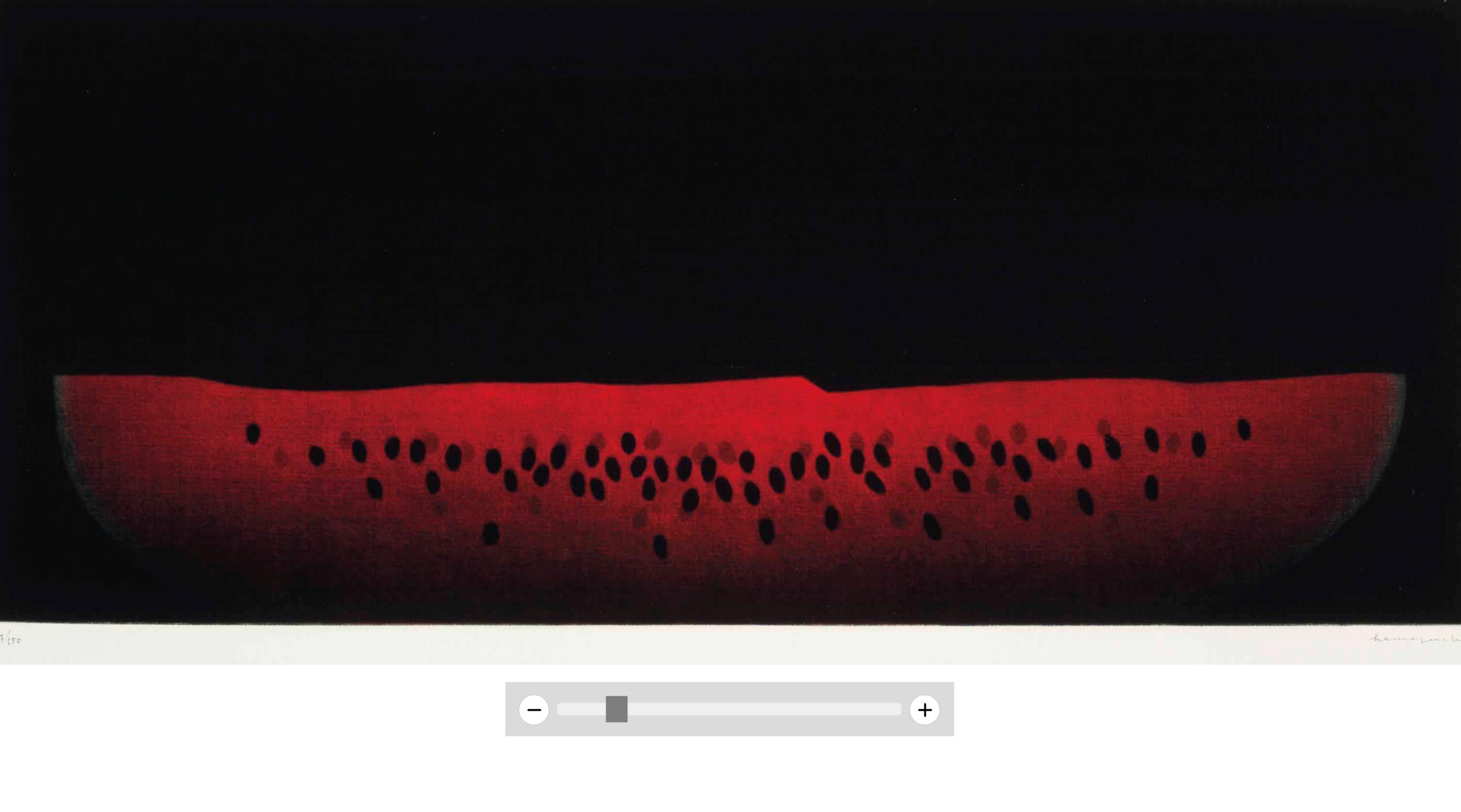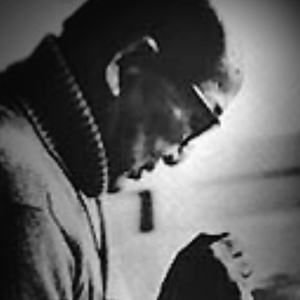HAMAGUCHI
COLLECTING JAPANESE PRINTS FEATURED CONTEMPORARY ARTISTYozo Hamaguchi
1909 - 2000
Widely regarded as one of the finest mezzotint print artists in history, Hamaguchi Yozo (1909–2000) was born in Wakayama Prefecture in 1909. Although his family maintained a shoyu production business dating back to the early Edo period, Hamaguchi chose instead to enroll at the University of Arts in Tokyo in 1927. After three years, however, he dropped out to study oil painting, watercolors, and copper-plate engraving in France.
During his studies in Paris, Hamaguchi also learned to produce mezzotint prints, which mimicked certain qualities in oil paintings with a velvet texture and finely graduated tones. He returned to Japan in 1939 after years of extensive training, convinced that copper-plate engraving was his primary medium. Hamaguchi returned to Paris in 1953 and resumed production of copper-plate etchings and engravings, while further developing an original mezzotint technique two years later. Concentrating on a single modest motif, Hamaguchi created intense, yet restrained and magical ambiances, sparking a revival of the mezzotint medium.
From 1955, he produced a series of monochrome and color mezzotints (most notably Watermelon, 1955.). He was awarded major prizes at the Sao Paulo Biennale and International Biennial Print Exhibition in Tokyo in 1957. Hamaguchi's first solo exhibition, which contained over one hundred sixty prints, was later held at the National Museum of Art in Osaka.
From the 1950s onward, Hamaguchi was the recipient of countless awards, including the Sarajevo Fine Art Academy Prize (1977), Cultural Award of Wakayama Prefecture (1981), Northern California Regional Print Competition Grand Prize (1982), and the Order of the Rising Sun (1986). He moved to San Francisco in 1981 and continued to produce prints over the next fifteen years before returning to Japan in 1996. Hamaguchi Yozo passed away four years later on December 25, 2000, at the age of ninety-one.





